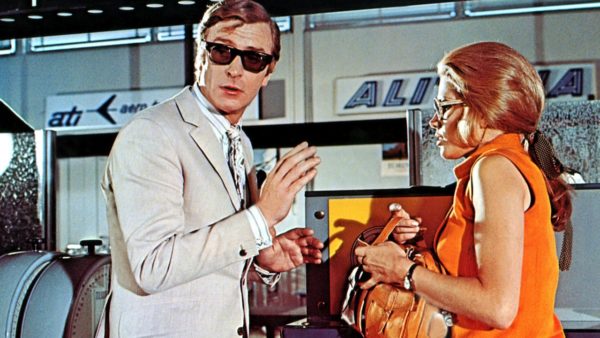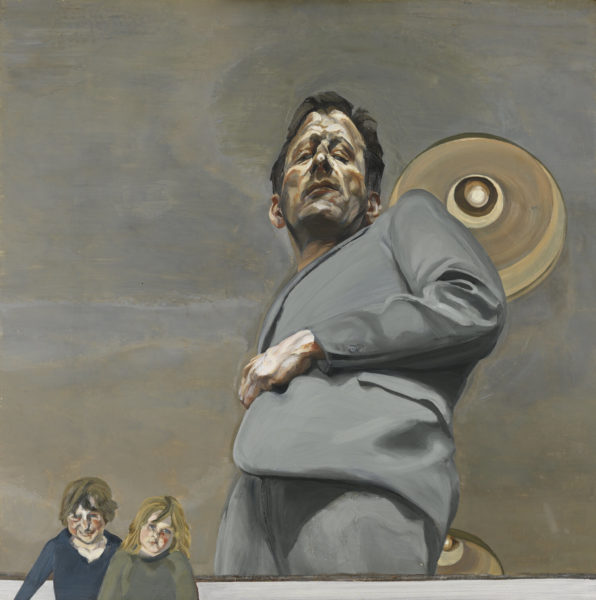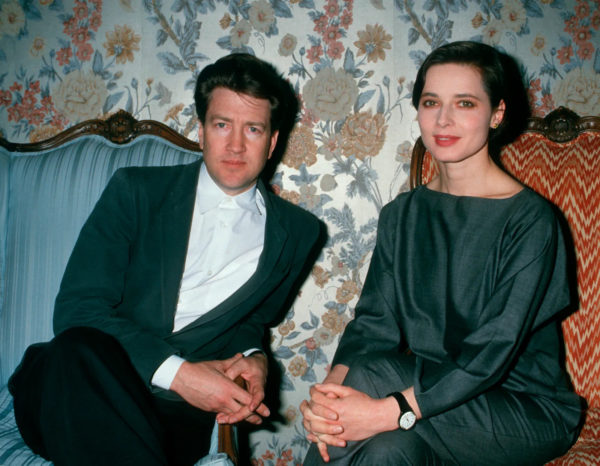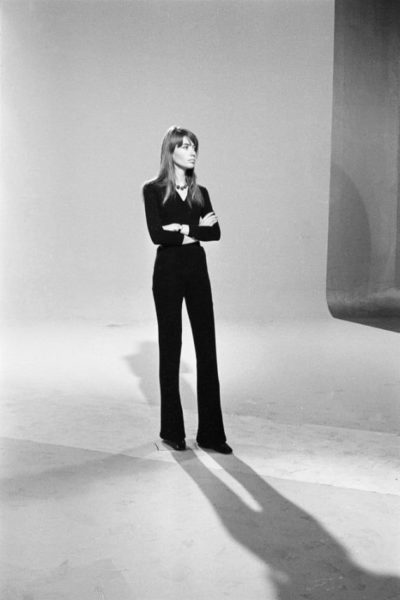In the early 60s, the first wave of Japanese students born after the Second World War entered university. Japan is then in economic expansion and takes part in this new consumer society. These young people became the Miyuki-zoku – the “Miyuki tribe”, named after a trendy street in Tokyo.
The gakuran: traditional uniform of Japanese students
Until the end of the 50s, Japanese students were dressed in a black uniform: the gakuran. A traditional uniform consisting of a jacket with golden buttons – often marked with the school emblem -, a straight collar buttoned from top to bottom and plain colour straight trousers. Adults wear strict British-inspired costumes.
Emergence and diffusion of the American style in Japan
Uniform and conservative. Only the outcasts stand out by wearing American clothes, copying the style of the G-Is then stationed in Japan. In the mid-60s, the American style had widespread in society. Students switched from gakuran to American student’s uniforms. White hard-collar shirts gave way to Oxfordgrained fabric with colored warp and white weft - durable, b More button-down shirts, straight-necked jackets and blazers with gold buttons.
Men’s Club : the americana manual
In June 1964, the first issue of the men’s fashion magazine Men’s Club was published. An educational magazine documenting the American style and thus supporting its spread throughout the country. Although Men’s Clubs from that period are now expensive among insiders, in the early 70s they were one of the best-selling magazines in Japan. In Japan’s big cities, clothing was often the only way to show off one’s social success, and the highly codified American style appealed to a conservative Japanese society. Each Men’s Club opened with a series of street photos showing members of the Miyuki-zoku wearing a style largely inspired by the Ivy League.
TAKE IVY: immersion in American universities
In 1965, photographer Teruyoshi Hayashida, the editors Shōsuke Ishizu, Toshiyuki Kurosu and de Hajime Hasegawa left for the United States with the goal of documenting the lifestyle of Ivy League students. From this trip the book Take Ivy was made, which offered a complete guide of American students’s style in the 8 most prestigious universities. Juxtaposing photos and captions, the authors accurately described campus life: libraries, dining halls, student rooms, tie and blazer shops, but also love affairs and exams.
Between the reproduction of American style and Japanese conservatism, Japan has just reinvented its national wardrobe.

Men’s Club no. 70, October 1967. 126 p.
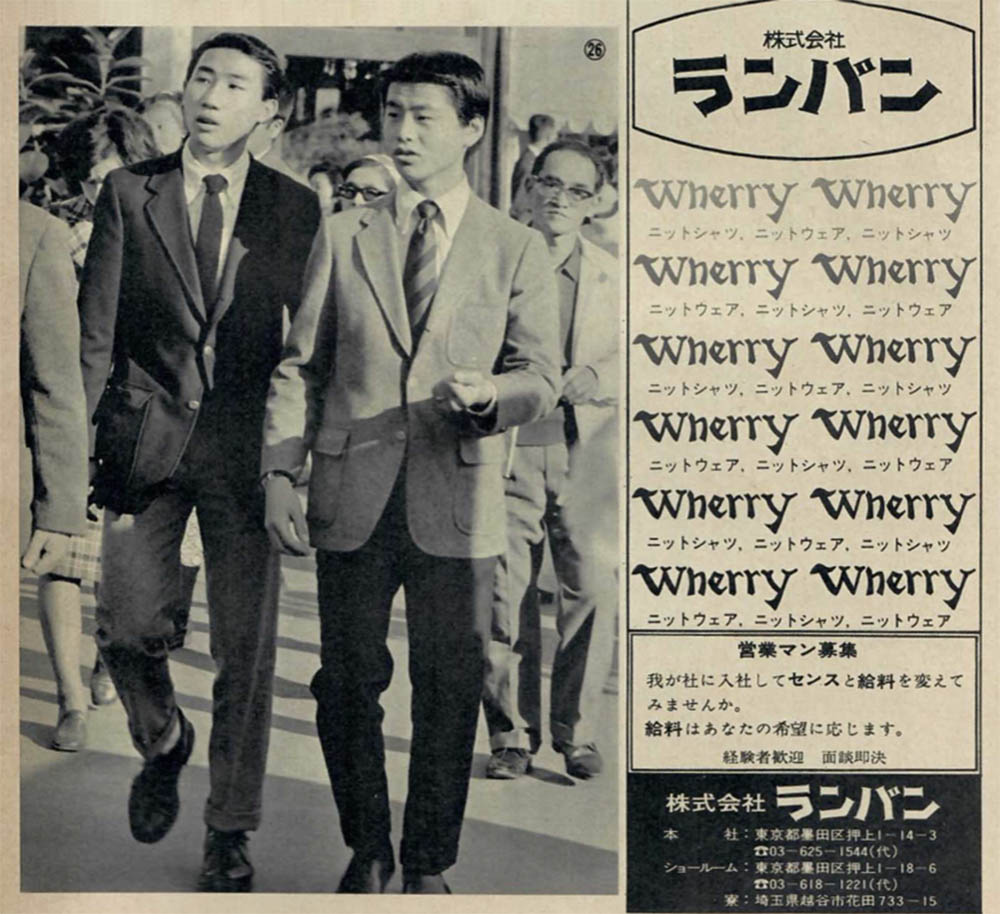
Men’s Club no. 75, March 1968. 144 p.
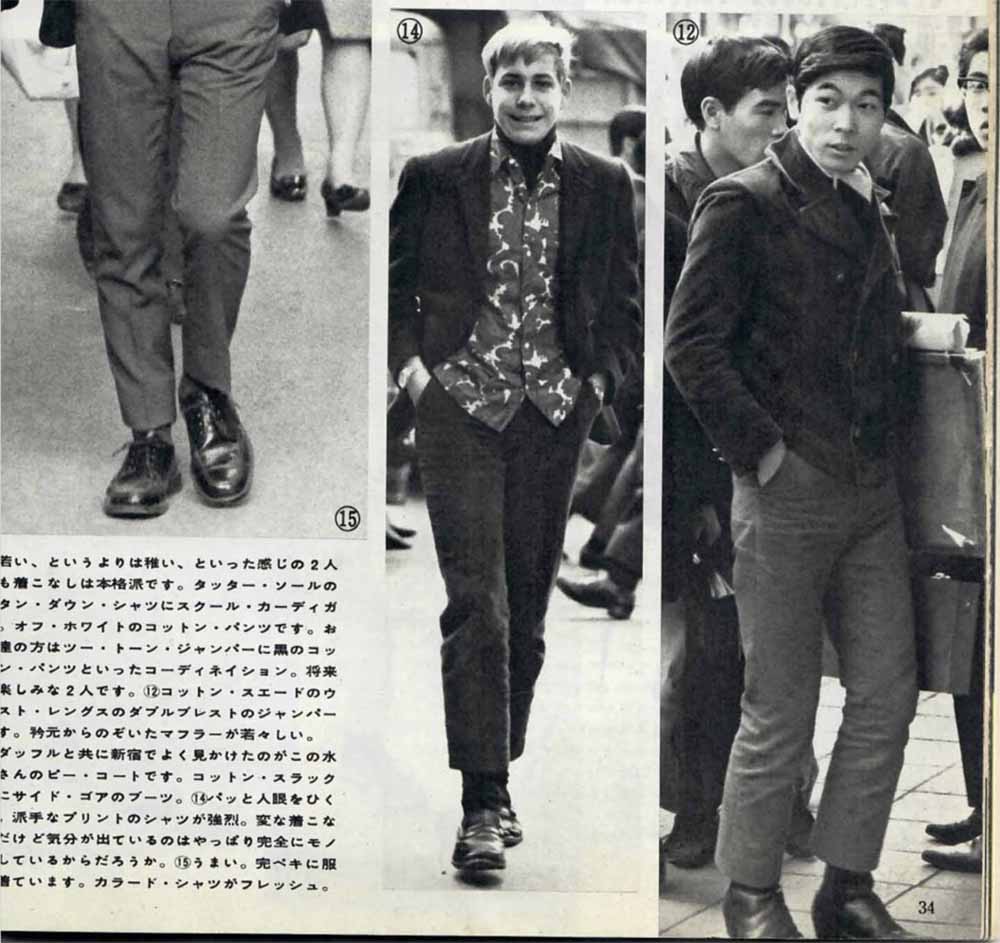
Men’s Club no. 75, March 1968. 144 p.
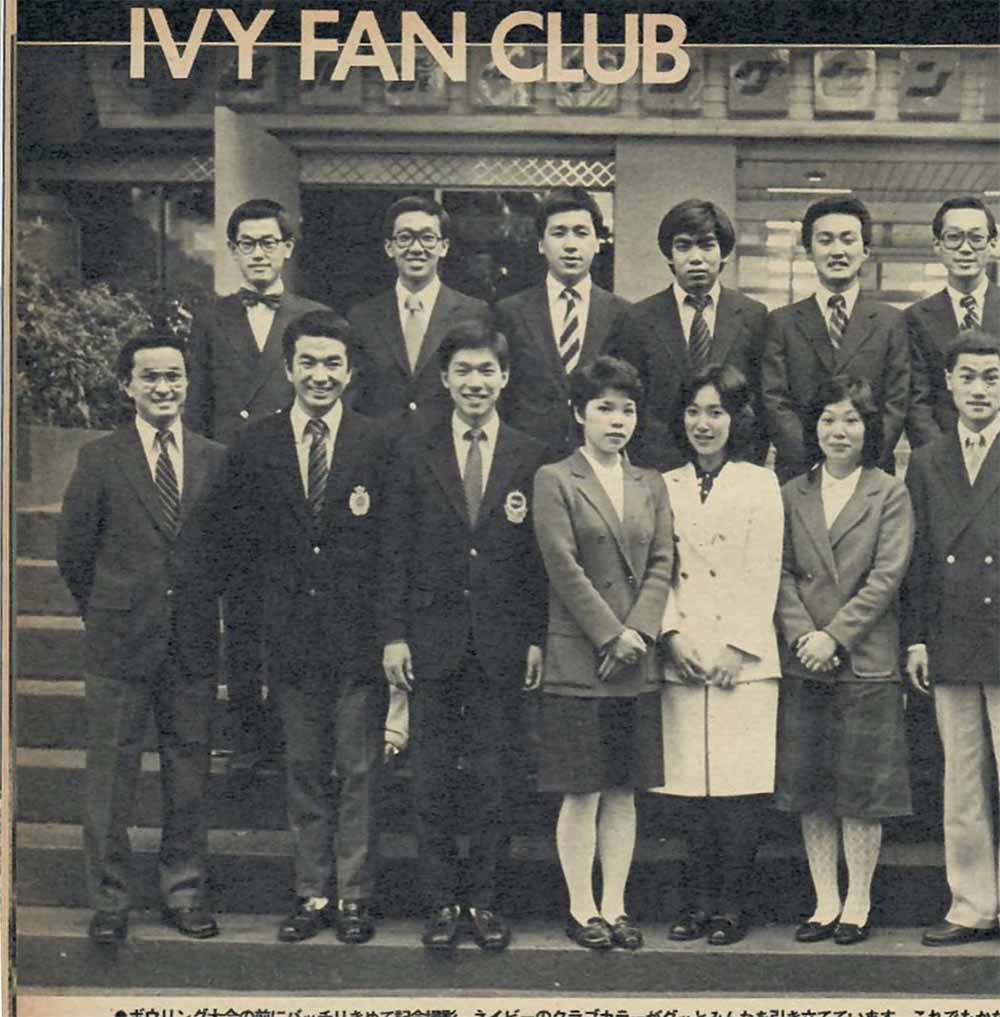
Men’s Club no. 220, June 1979.
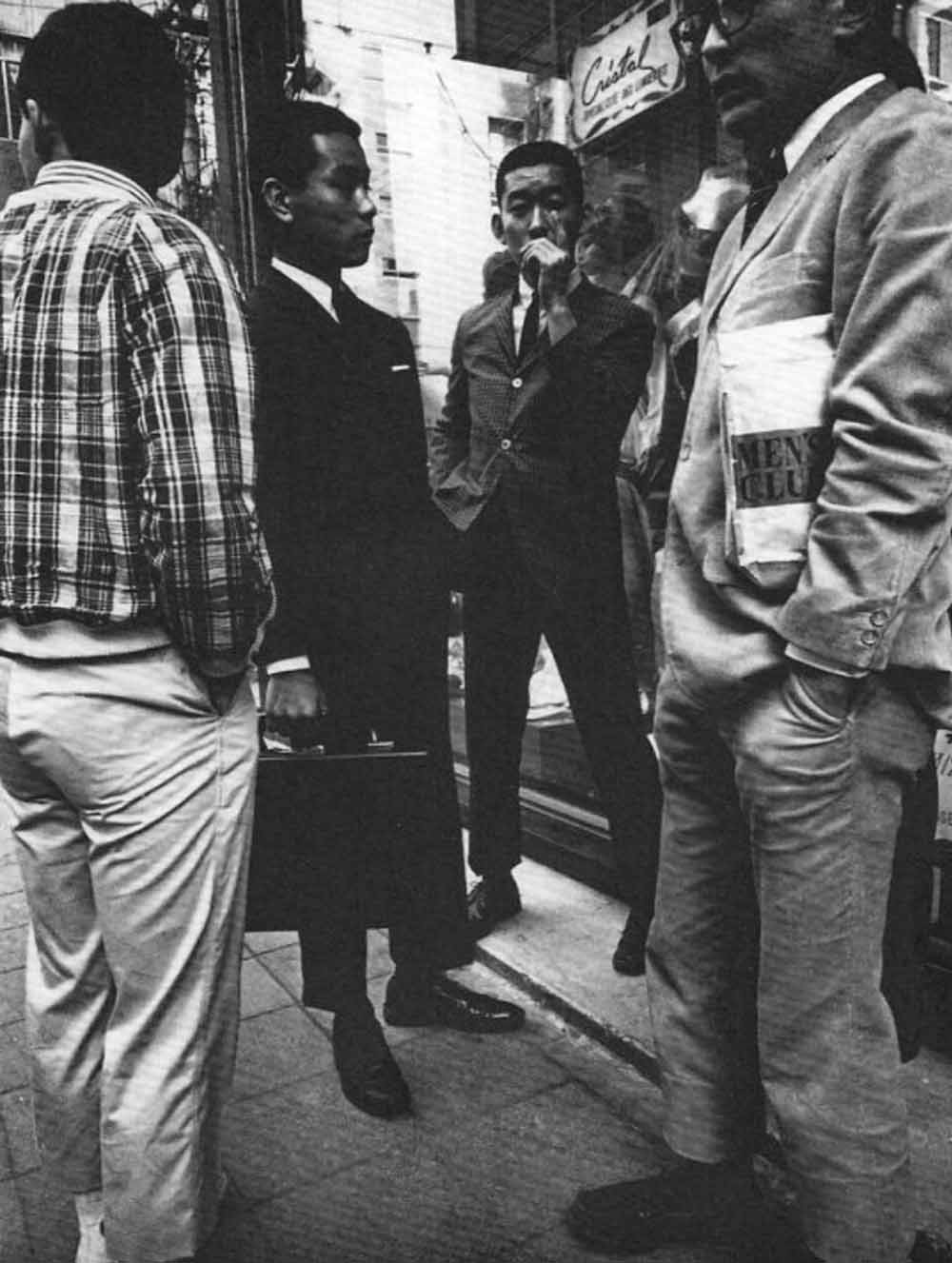
Men’s Club no. 164, April 1975.
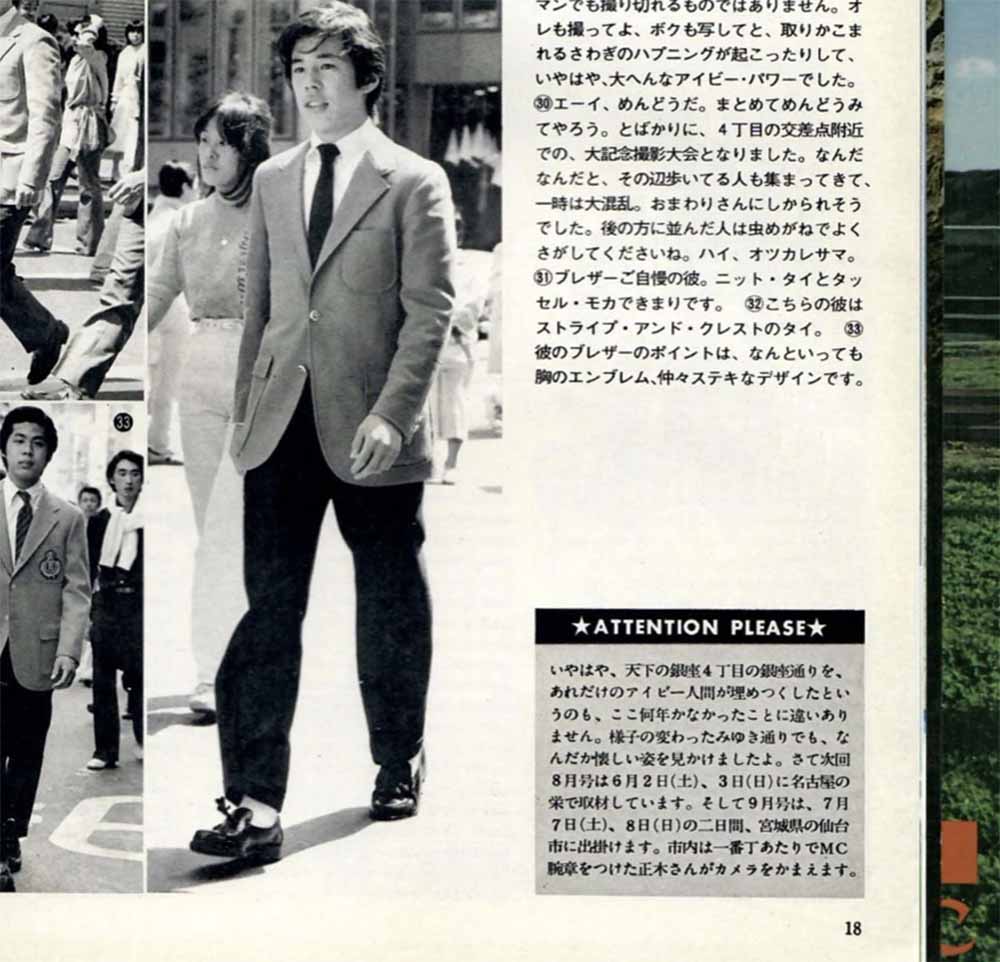
Men’s Club no. 220, June 1979.
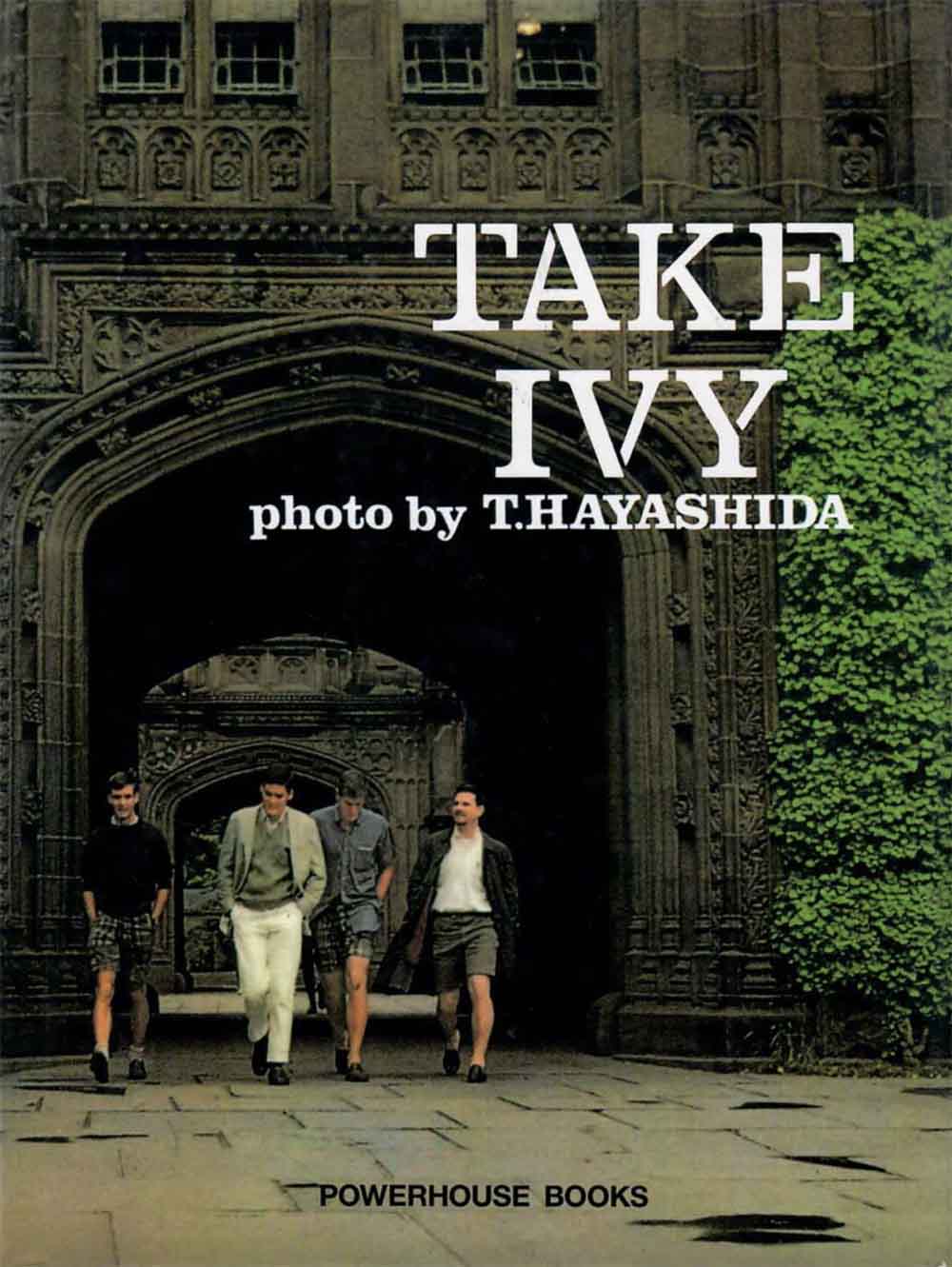
KUROSU, Toshiyuki, et al. HAYASHIDA, Teruyoshi, phot. TAKE IVY. powerHouse Books, 1965. 142 p.
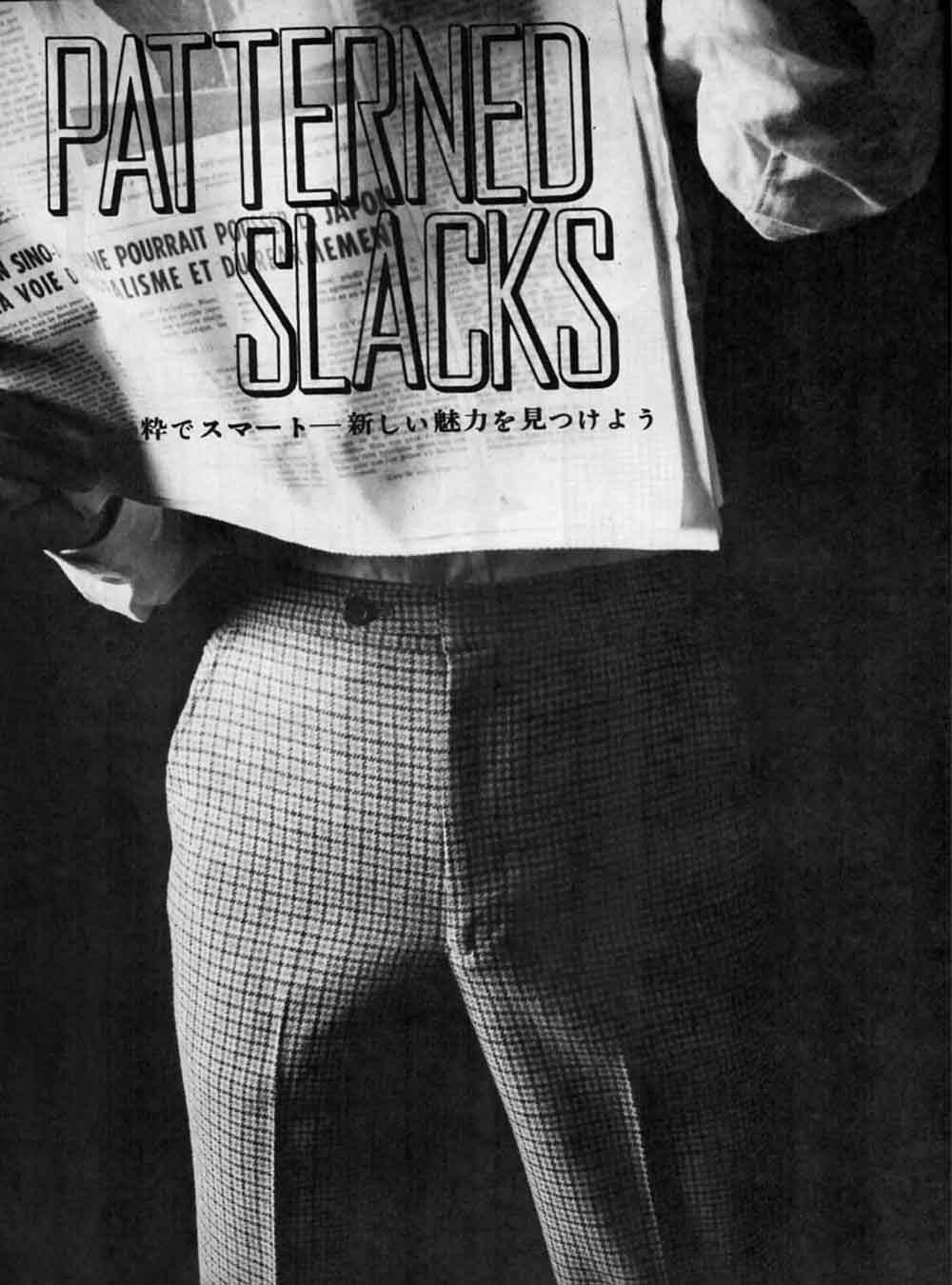
Men’s Club no. 113, April 1971.
- COTTON« Soft, but with weight. Relaxed, but never shapeless. It carries memory in its creases. »
- LUCIAN FREUD« from borrowed suits to bespoke tailoring, Freud’s fashion choices evolved with his art »
- DAVID LYNCH« The oddest of Americans, the most American of oddballs, Lynch was a man with a uniform. »
- THE FLARED TROUSER
